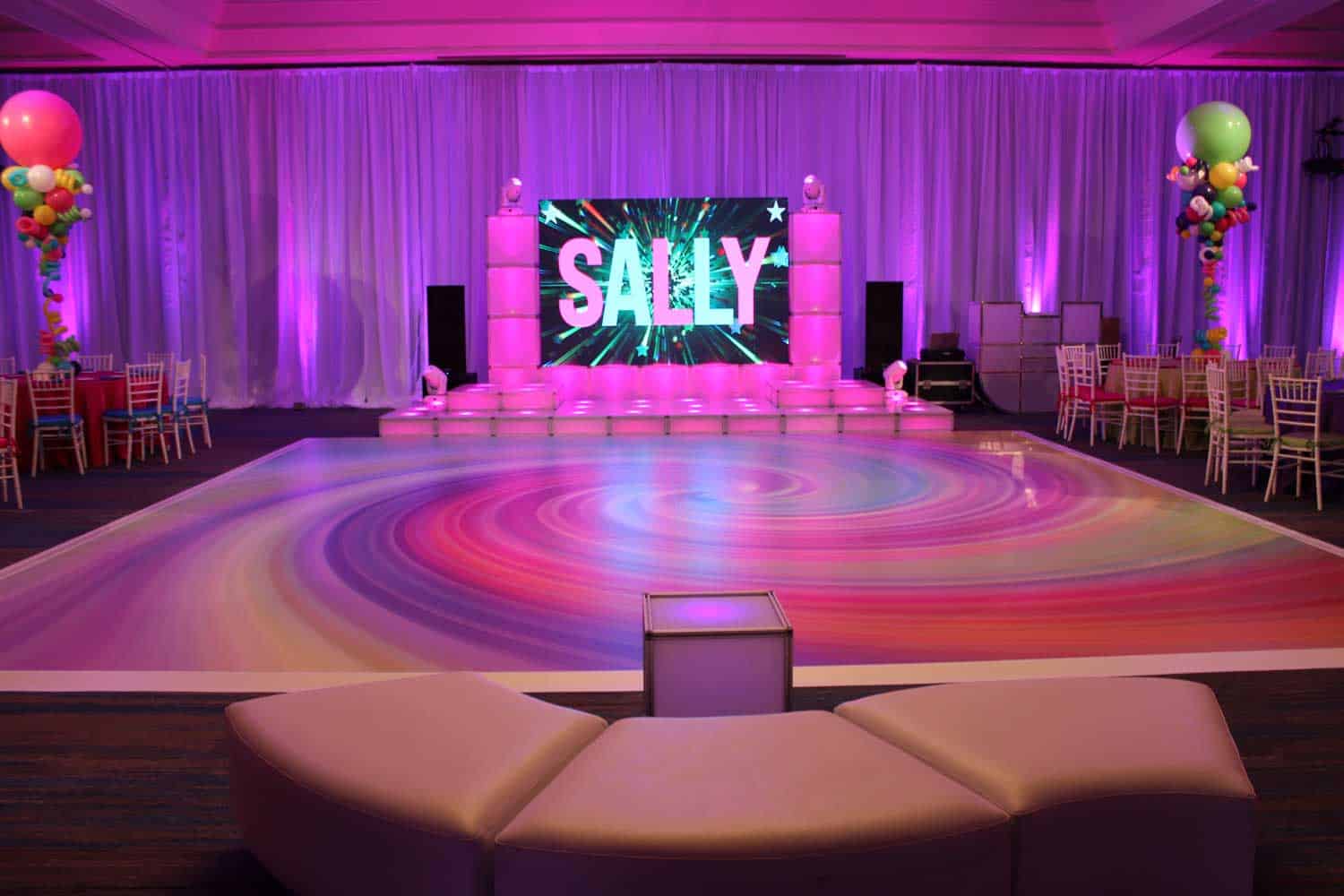Enhancing Aesthetic Impact Via Tactical Content Timing in LED Display Performance
Wiki Article
Maximizing visual impact during light-emitting diode wall performances demands meticulous planning and strategic visual timing. LED screens are powerful tools for visual storytelling, often used in concerts, events, and presentations. The effectiveness of these displays depends not only only on the quality of the visuals but also on how and when they are presented. By understanding the viewers' focus duration plus the flow of the event, organizers can create a more engaging encounter that captivates viewers and enhances the overall show.
One crucial element of tactical visual scheduling is timing. It is essential to align the visuals to the beat and tempo of the show. For example, during a musical performance, visuals should enhance the beat and atmosphere of the melody. This alignment helps to forge a cohesive encounter that draws the audience in. Additionally, it is important to consider the duration of each visual segment. Short, striking segments can sustain viewer interest, while longer visuals may be suitable for instances of contemplation or sentimental bonding. By altering the duration and intensity of the visuals, organizers can keep the viewers interested during the show.

Another crucial factor is the content itself. The visuals shown on the light-emitting diode screen should be pertinent to the theme of the performance. This relevance helps to strengthen the narrative being conveyed and makes the encounter more memorable for the audience. For example, if the performance is about environmental consciousness, using images that illustrate the environment and animals can amplify the message. Furthermore, incorporating dynamic features, such as animations or interactive graphics, can add excitement and keep the audience's attention. The appropriate material, shown at the appropriate moment, can considerably enhance the effect of the show.
Viewer involvement is also a key consideration in visual scheduling. Understanding the demographics and preferences of the audience can inform the choice of images. For instance, a youthful crowd may react better to bright hues and quick animations, while an mature audience might appreciate more nuanced and refined images. By customizing the material to the viewers' preferences, event planners can craft a more tailored encounter that connects with spectators. Additionally, adding viewer involvement, such as real-time surveys or media engagements, can additionally improve involvement and render the show more engaging.
Finally, assessing the efficacy of the visual timing is crucial for upcoming shows. Gathering feedback from the audience can provide valuable insights into what worked well and what could be improved. This information can help organizers helpful site improve their approaches and take knowledgeable choices for future events. By constantly evaluating and adapting the visual scheduling strategy, event planners can amplify the aesthetic effect of LED screen performances and create unforgettable experiences for their viewers.